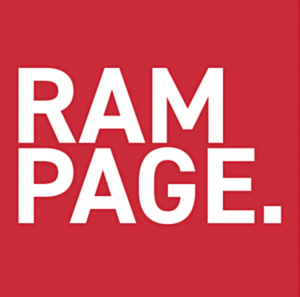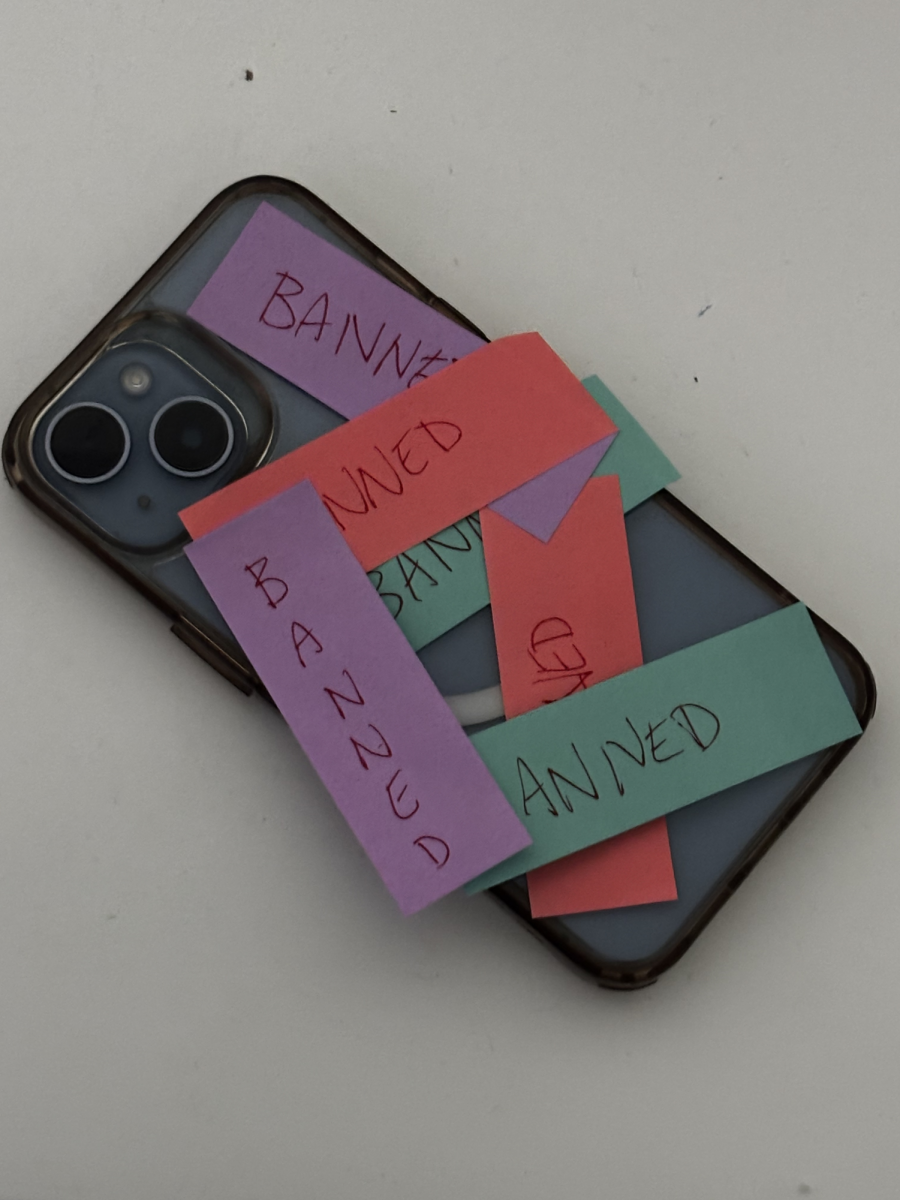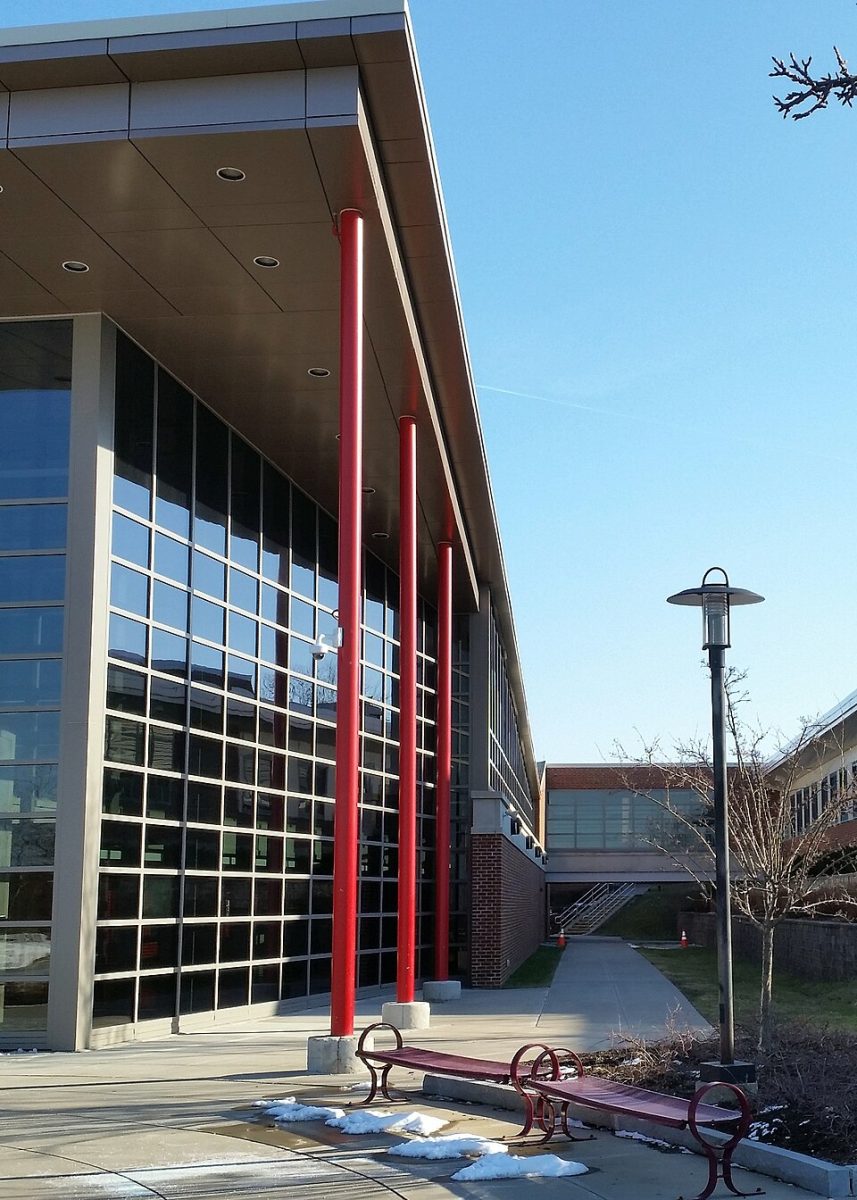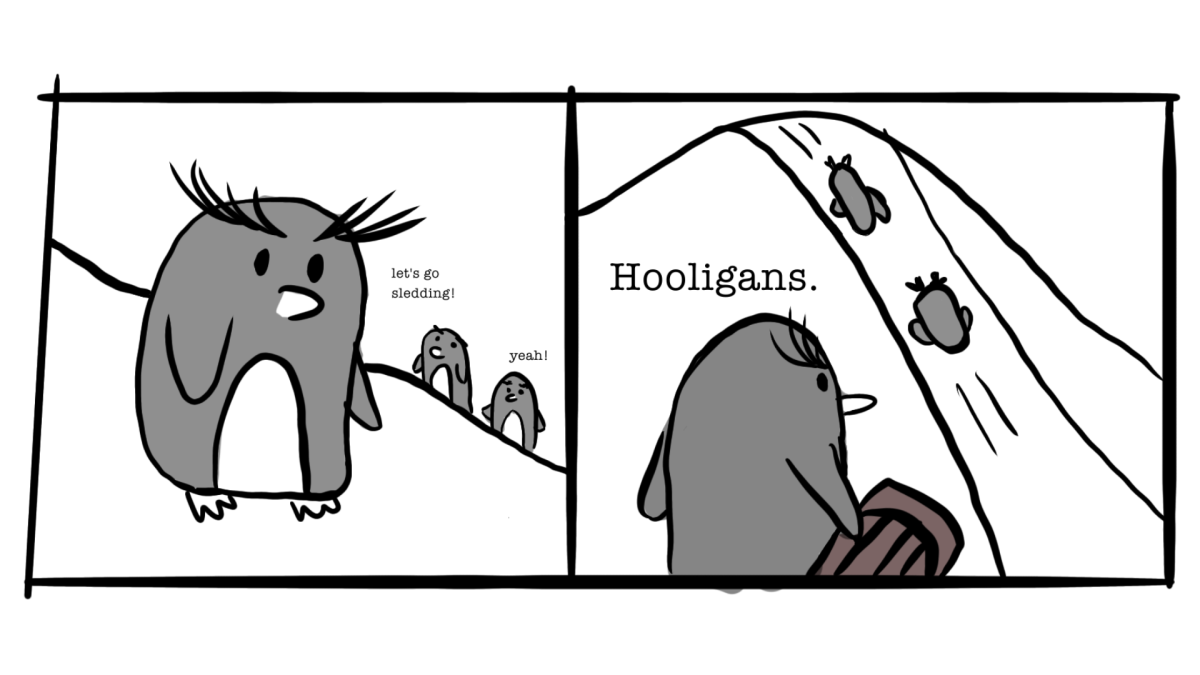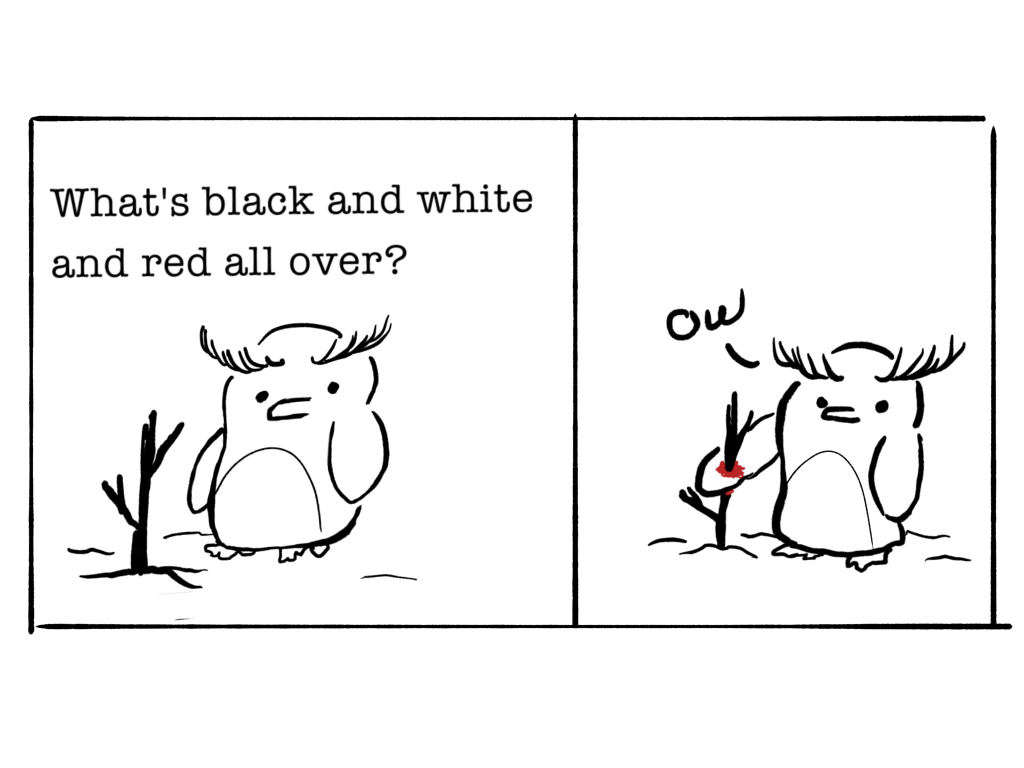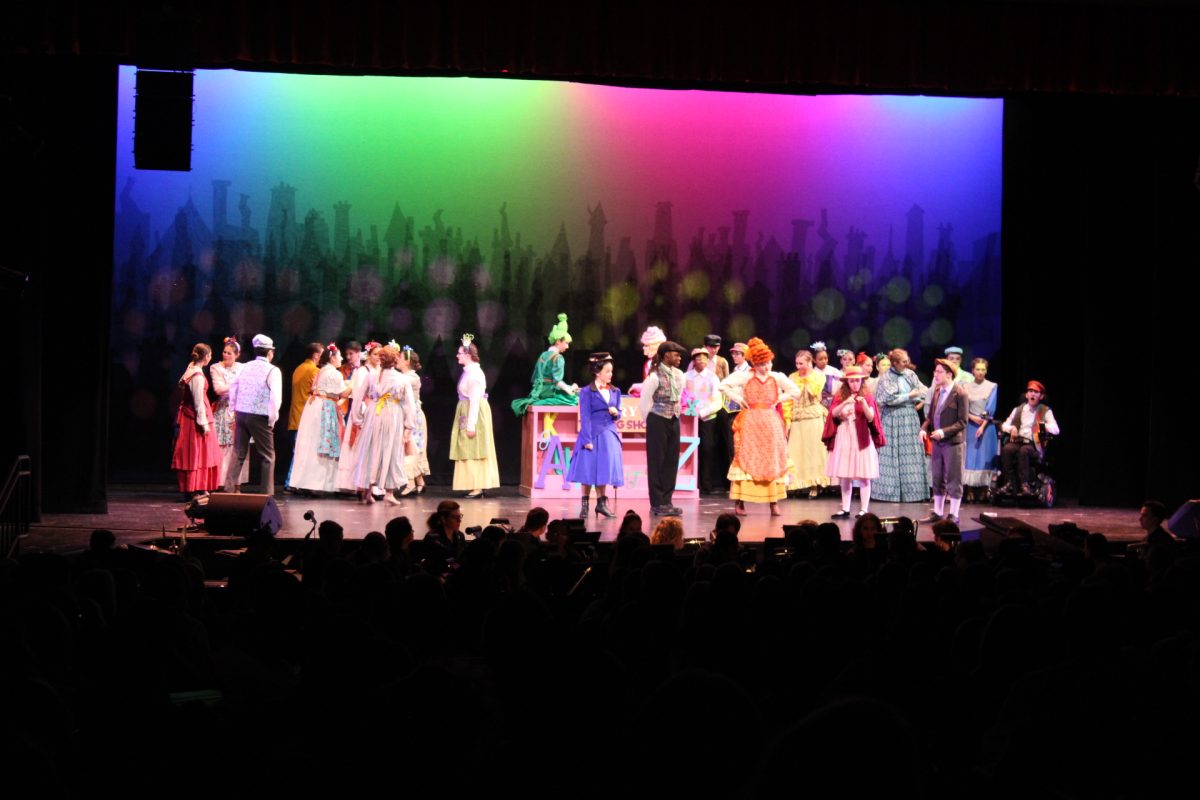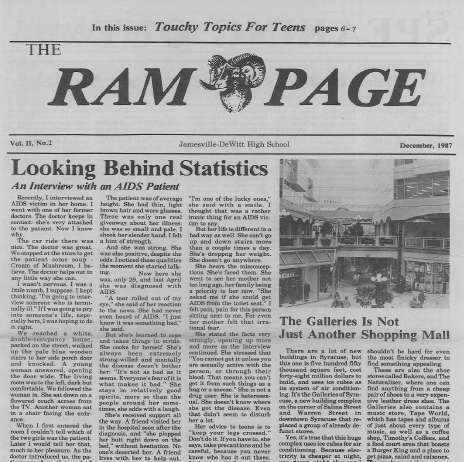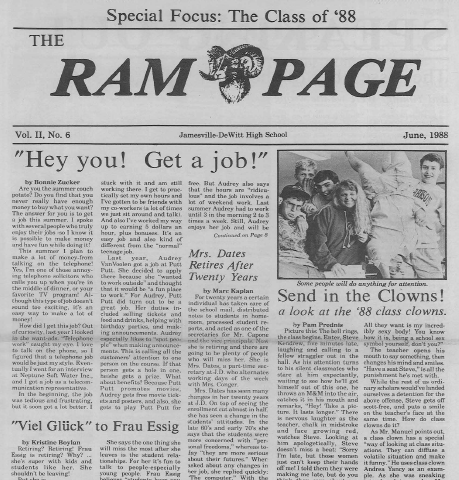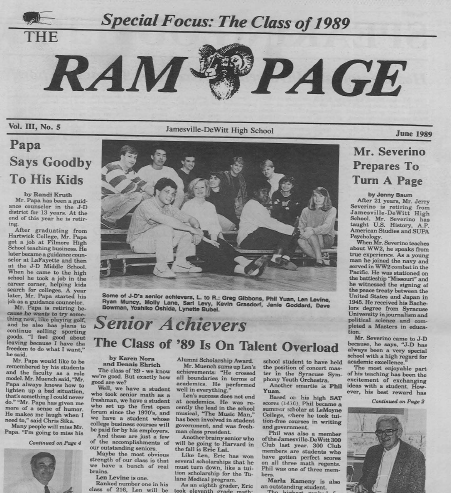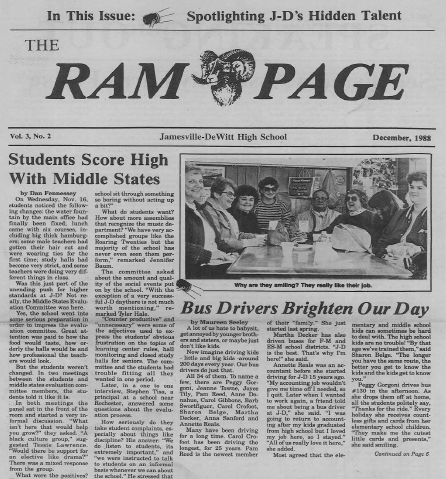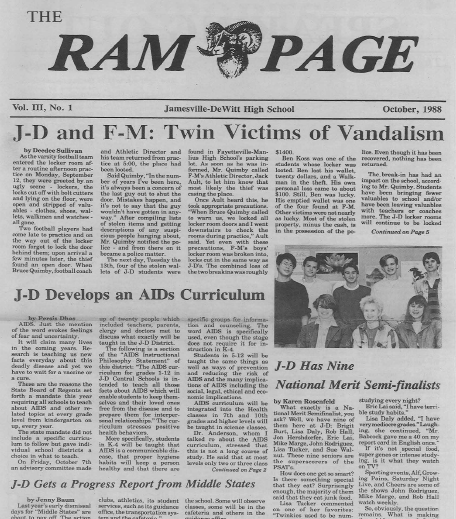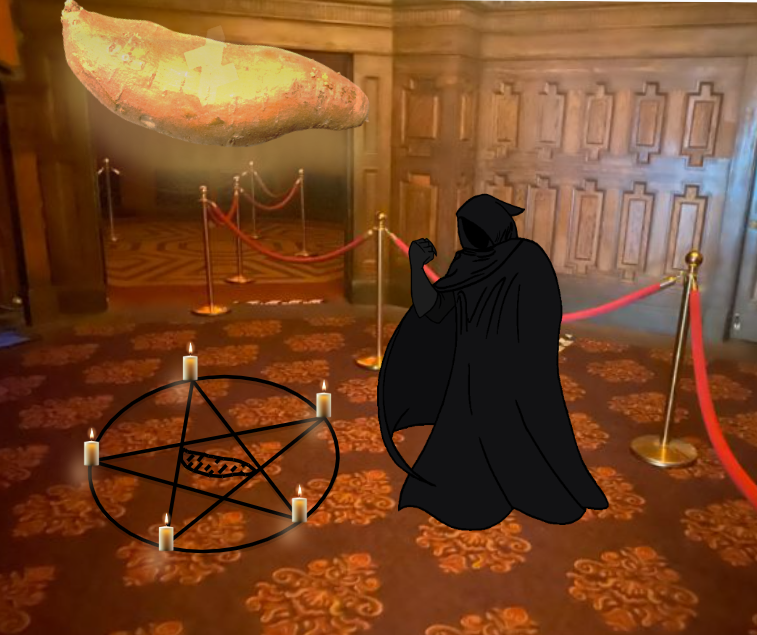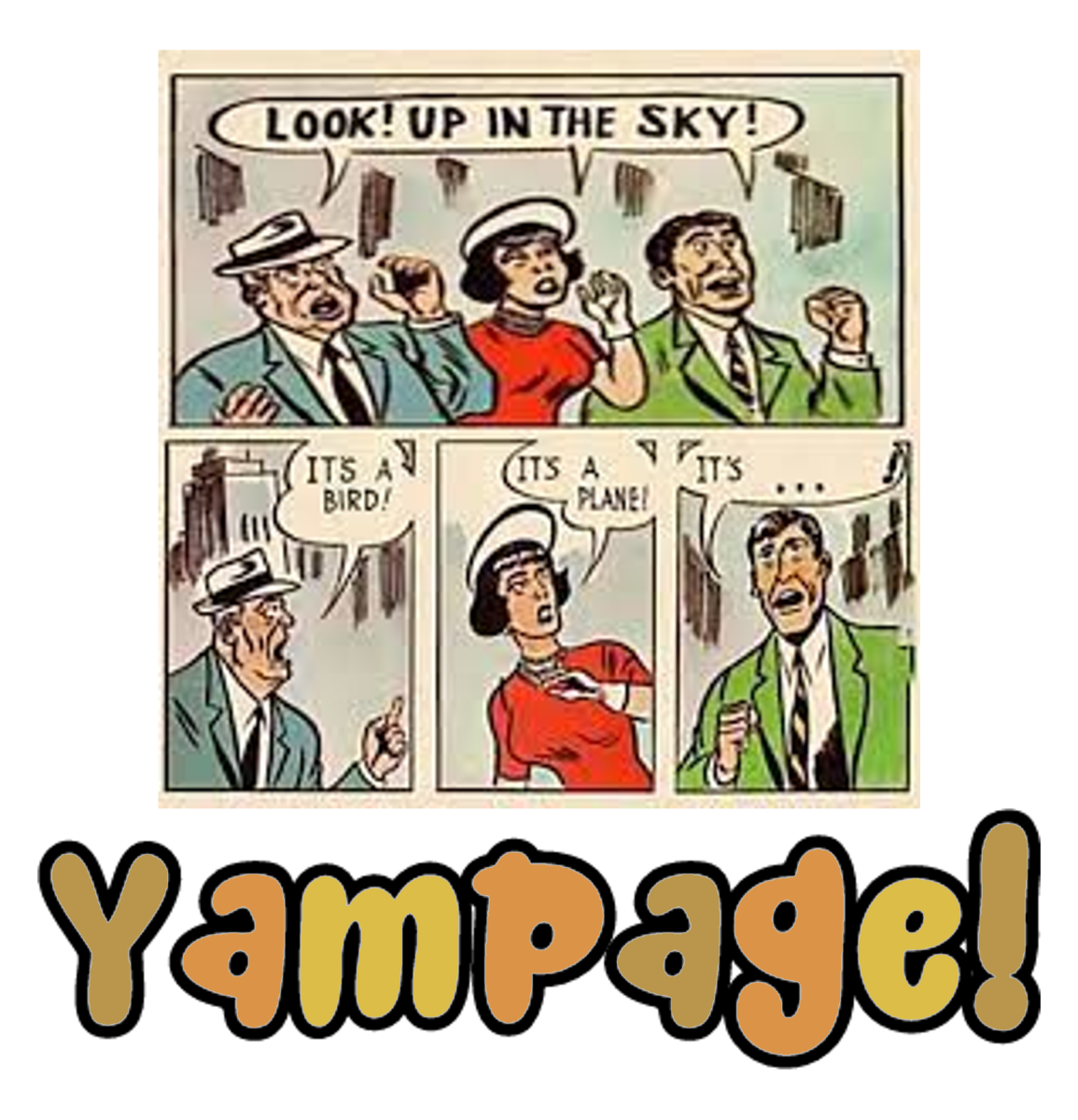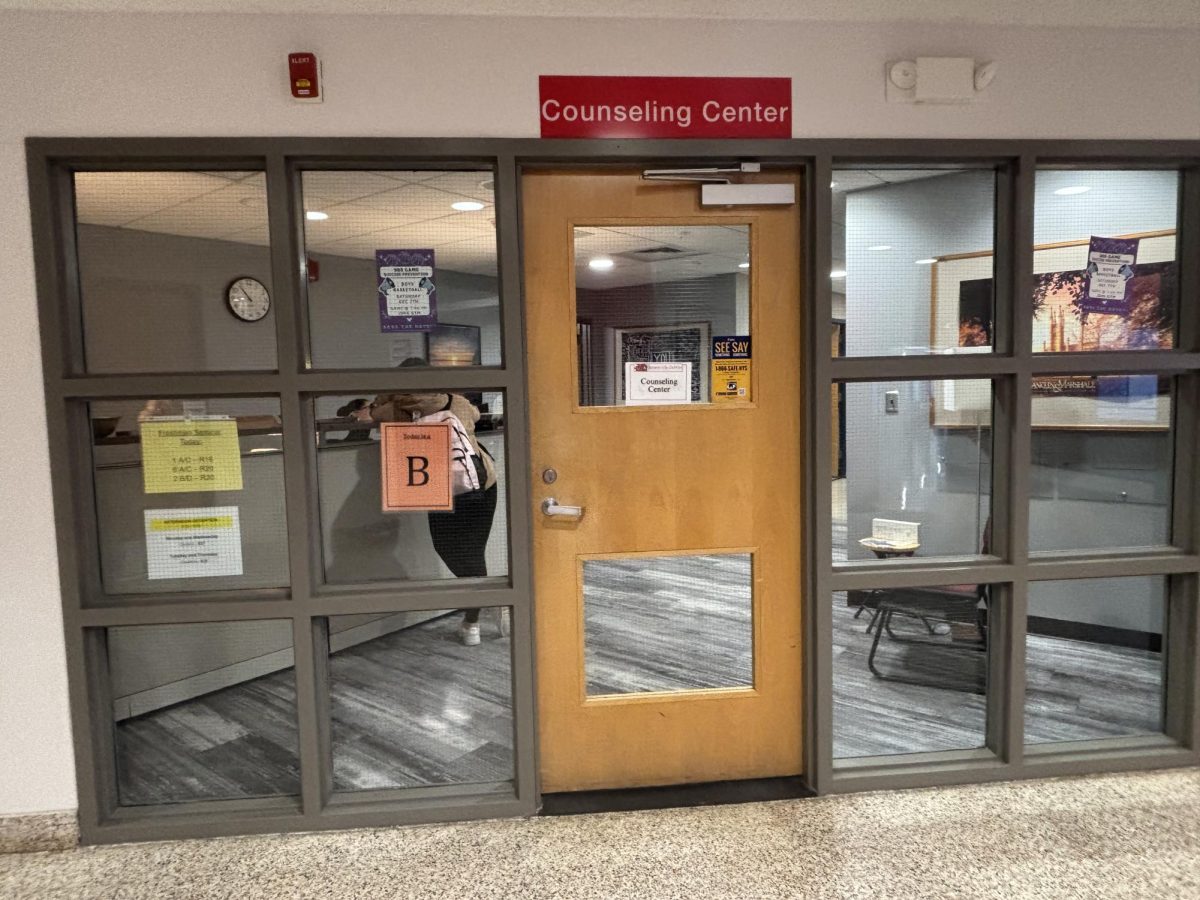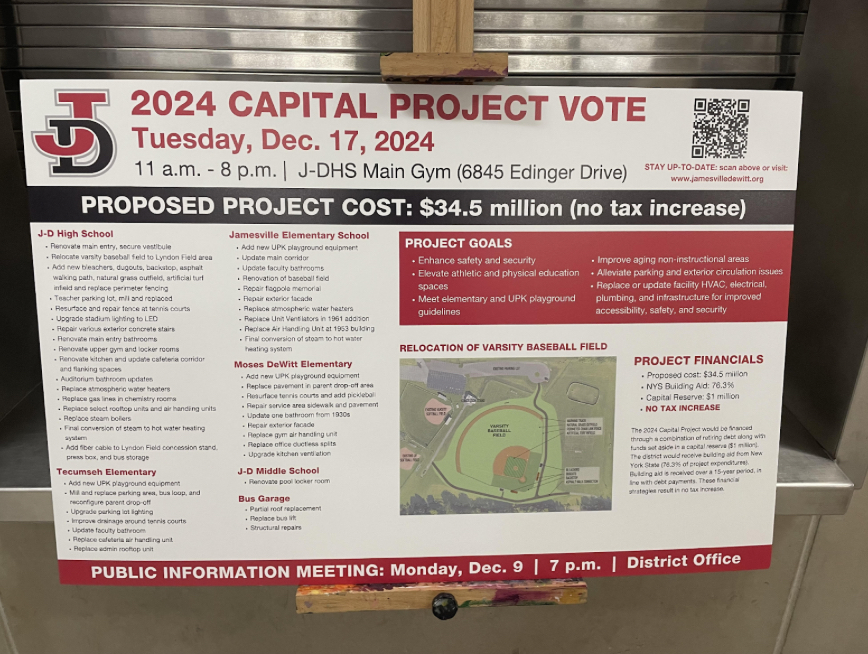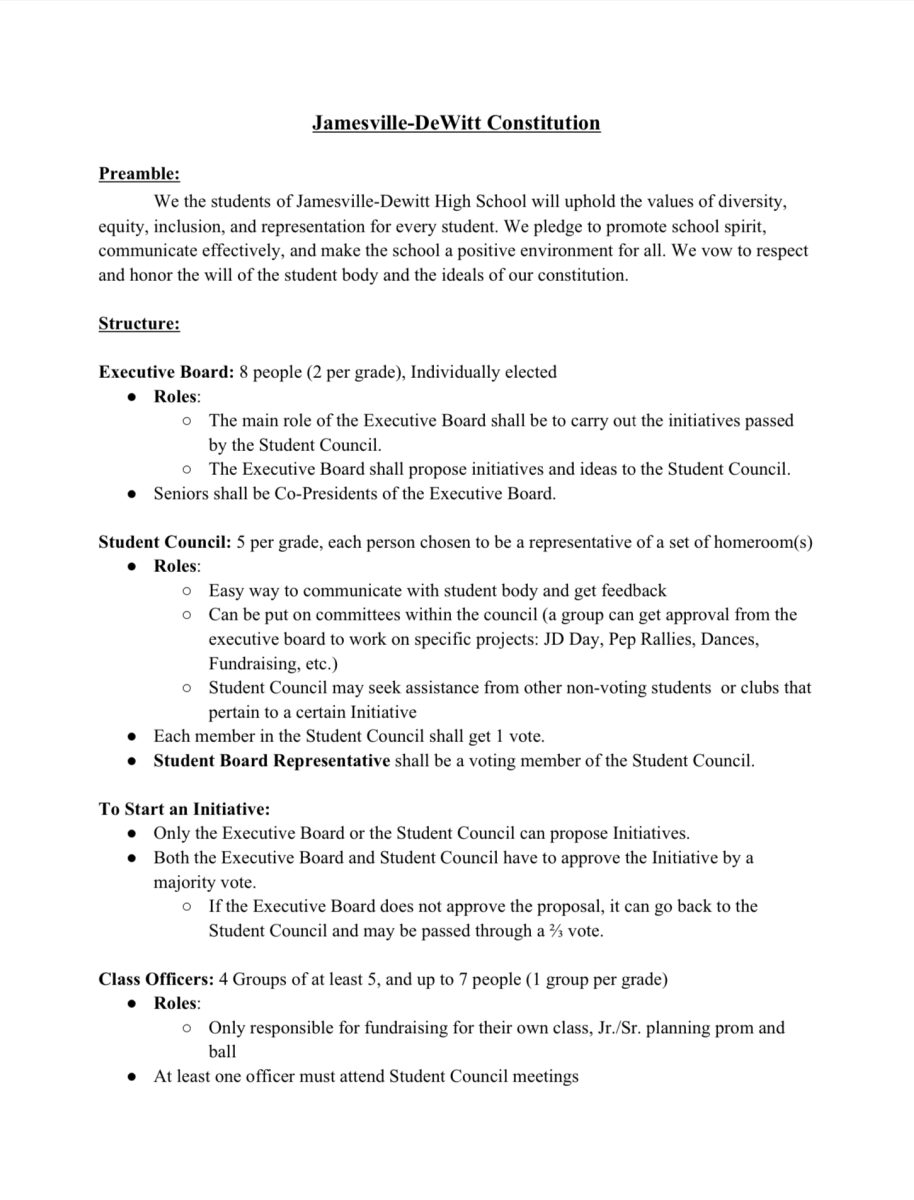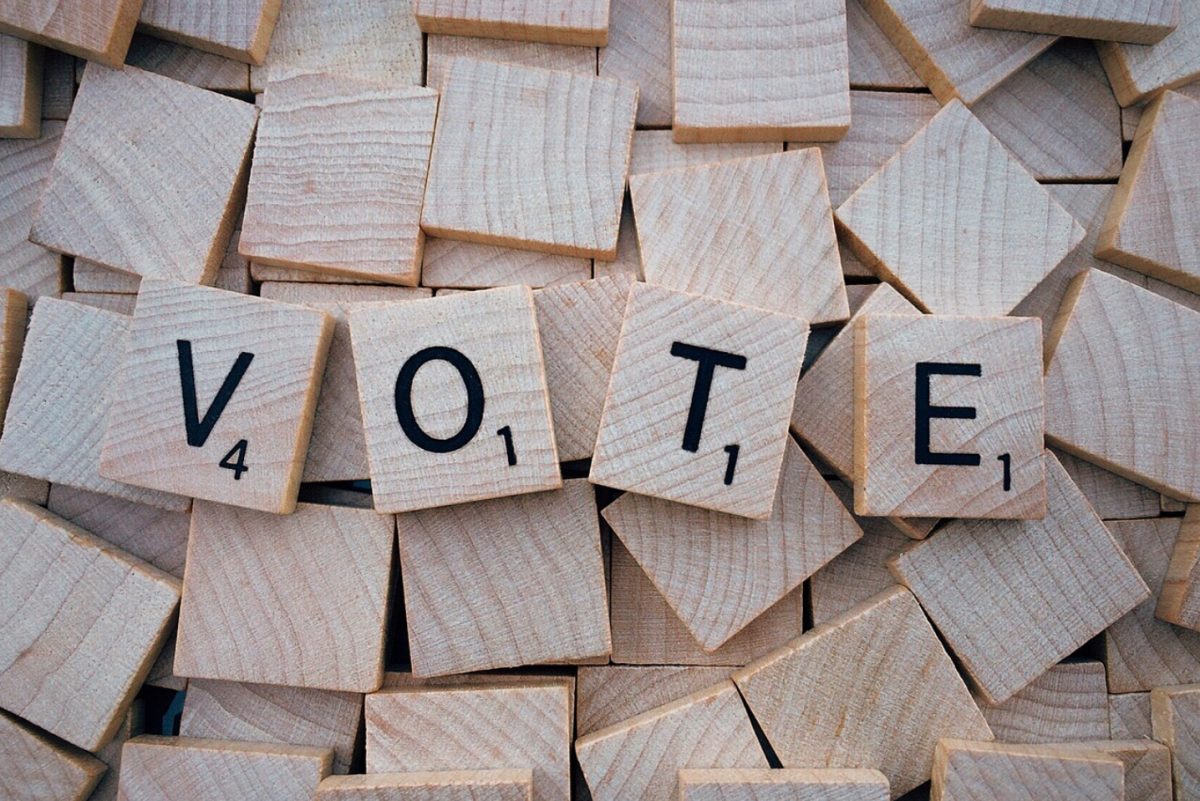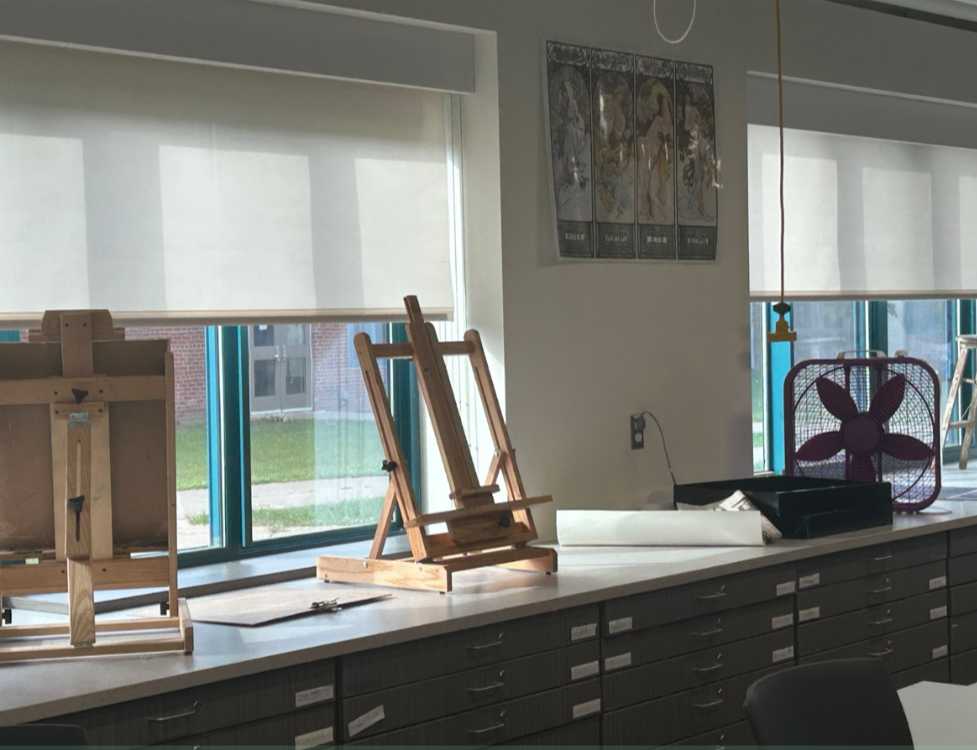J-DHS is changing with the technological advancements of this era. One of the most obvious innovations has been the production of the morning announcements. The morning announcements have evolved from audio-only messages through classroom speakers to occasional videos projected on the classroom smart boards. These announcements provide otherwise unretrievable information for the students on daily events.
Currently, the broadcast journalism class creates the announcements and produces multiple videos per week. The broadcast journalism class started producing the morning announcements last year, although the production of special segment videos started a few years prior. These announcements are published on RamFeed.
Mrs. Conner, broadcast journalism teacher and adviser, believes that the video announcements have been successful thus far. “I do think they have been successful.” Mrs. Conner explained. “I don’t think we need to make any changes, though it would be nice to have even more segments to highlight the community, not just at school.”
Mrs. Conner is confident in the ability of the announcements to relay information effectively. She also explained some of the inconsistencies in the frequency of the broadcasts. “Principal Gasparini has said that video announcements can only be on a broadcast on Wednesdays and Fridays. We also try to focus on creating a broadcast revolving around the Positivity Project traits on Thursday. So though they may seem random, there is a pattern to the broadcasts.”
Some students at JD would like to see changes to the video broadcasts for a variety of reasons. Junior Andrej Dovciak does not find the video announcements captivating enough to hold his attention. “The only time I watch the announcements is if I’m listening for something specific, or if it’s extra entertaining that day,” said Dovciak.
“I would pay more attention if the announcements were more concise,” Junior Daniel Louise said. “They gotta keep it shorter and stop including information that people don’t really care about, like the weather and the lunch meals.” Louise added another reason that was unrelated to the video content: “They took away our socializing time in the morning, which was nice because we could take a break from the work.”
Addressing some of the criticism of the broadcasts, junior RamFeed editor Harlan Kissel said, “We have no money or equipment for anything, so the actual quality of our videos doesn’t look too great.” Additionally, Kissel said, “We aren’t putting out videos as regularly because there are a lot of younger students, and like I said, we don’t have the money nor the time to put them out every day. We will hopefully catch up to speed as the year goes on.”
Although some students have criticized the transition to broadcast video announcements, data supports that video broadcasts relay information that students will remember better than regular announcements. According to psychologist Haig Kouyoumdjian, in Psychology Today, images are much easier for humans to process than words. He said, “A large body of research indicates that visual cues help us to better retrieve and remember information. The research outcomes on visual learning makes complete sense when you consider that our brain is mainly an image processor, not a word processor.”
While some students may not buy into the effectiveness of the video announcements right now, studies in psychology demonstrate that video messages can be very beneficial for the students. With continued improvements in content and delivery, the video announcements have the potential to be a great success.
